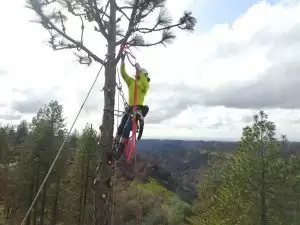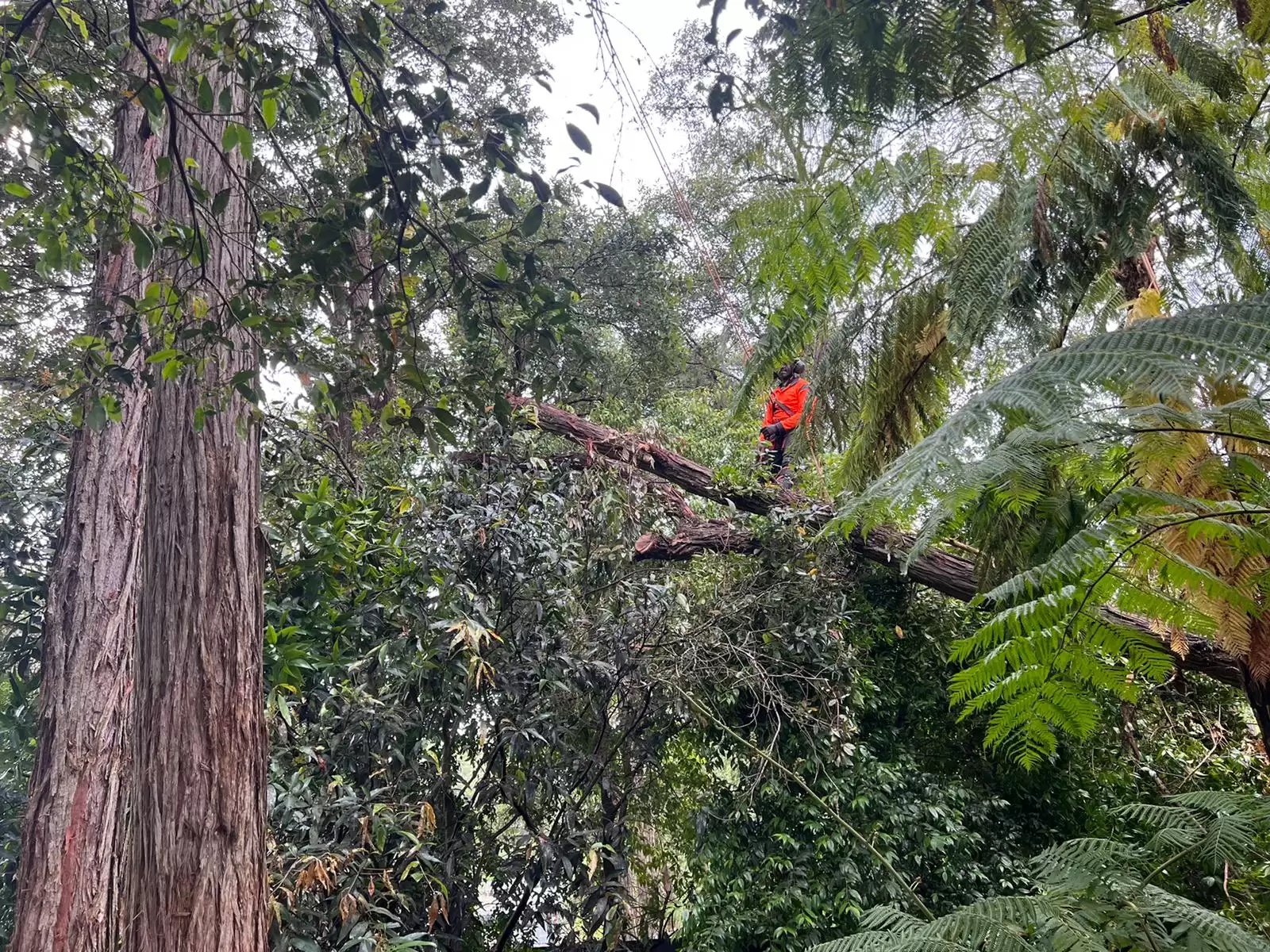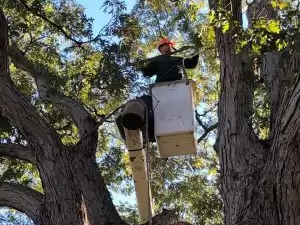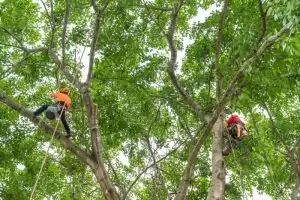One of the most important aspects of tree maintenance is frequent pruning, which improves the overall health and aesthetic appeal of dogwood trees. In this post, we'll delve into the art of dogwood tree trimming and provide you with comprehensive techniques and enlightening information to keep your tree healthy.

Tree Trimming
How to Trim a Banana Tree? [Complete Guide]
Banana trees can bring a great lot of beauty and exotic character to any garden with their vivid green leaves. Pruning a banana tree is



